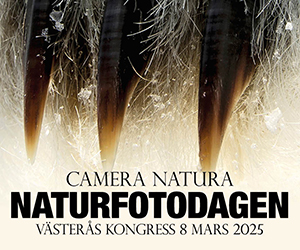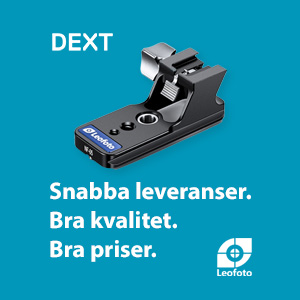Khalad
Aktiv medlem
Lysande! Väsentligt bättre, kanske t o m lite överskärpt! ;-)
Skärpningen i LR är ju precis likadan som i ACR, så inte behöver du överge LR pga skärpningen. Här är ett förslag du kan testa på landskapsbilder som ska publiceras på webben:
I LR eller ACR, efter vitbalansering och exponeringsjusteringar, sätt Clarity=24 och Vibrance=12. Sätt skärpningen på Amount=60, Radius=0,7, Detail=70 och Mask=20 som utgångsvärden.
Studera bilden i 100%, ser det inte bra ut får du justera A=50-70, R=0,6-0,9, D=50-70, men håll masken konstant=20. Det ska se överskärpt ut i detta läge. Ta bort all brusreducering, även color som står på 25 som default. Sätt till noll. (En bild tagen på ISO 100-200 alltså.)
Exportera din bild från LR eller öppna från ACR i 16 bitar i full storlek till PS och välj utskriftsskärpning för Screen, Amount=High.
I PS, skala ner bilden till t ex 2500 pixlar på långa sidan med Bicubic. Inte Bicubic Sharper.
Skärp nu den nerskalade bilden en gång till med PS:s Smart Sharpen, Basic läge, Amount=70, Radius=0,3, Remove=Gaussian Blur och klicka i More Accurate.
Jämför med att "bara" exportera en bild från LR! Olika kameror och objektiv är olika skarpa, så vissa kameraspecifika justeringar krävs.
Tänkte prova dina förslag men är inte säker på att jag förstår. När du säger exportera bilden från LR, menar du väl exportera den med de inställningar jag nyss gjort (och som du föreslagit) och då måste jag välja ett annat format än RAW, väl, tex TIFF eller jpeg. Dom är ju båda komprimerade, vad väljer jag? Trodde inte det var så lyckat att bildbehandla komprimerade bilder i PS, även om det såklart går? / Björn T







